In The Circle of Life, Sudha Murty masterfully weaves a tale of family, tradition, and aspirations. Here’s an excerpt that captures the warmth of relationships and the weight of legacy.
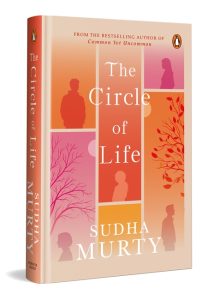
Lakshmi Nivas was a prominent bungalow in the Banjara Hills of Hyderabad. It is a place where the rich and powerful people from Tollywood live. During the Nizam’s time, Rama Rao was an engineer and had helped to construct different prominent buildings in Hyderabad.
It was not very crowded those days, and the Nizam had liked his work and rewarded him with a big plot. Later, after Independence, his son Venkateshwara Rao started a company called S.V. Constructions and became a well-known engineer in Hyderabad. They were great devotees of Lord Venkateshwara of Tirupathi. Venkateshwara Rao handled several government projects. He had three children. The eldest, Umesh, helped him with the constructions, though he did not have any formal qualification in civil engineers ering. Then there was Uttara, and the youngest was Shamala. It was not very warm in the second week of July, but Uttara was still feeling hot. She was sitting on the steps of her house. Though the coolers were on, she was uncomfortable. Opposite her, her grandfather Rama Rao was sitting in an armchair with a newspaper, but his focus was on Uttara who was knitting a sweater.
Uttara’s siblings were playing tennis on the court adjacent to the house. ‘Uttara, why are you knitting a sweater? Is it for you to take to Bangalore?’ asked her grandfather. Uttara smiled. ‘It is not for me. It is for you.’ ‘Ha, what a joke! Having a sweater in Hyderabad is as good as selling refrigerators to Eskimos,’ laughed Rama Rao. The sun was setting, and its rays fell on Uttara’s ear studs. The diamond earrings were a gift from Uttara’s late grandmother. Rama Rao remembered his wife because Uttara resembled her very much. She had long hair, a slightly dark complexion and, more or less, was an introvert; but she was extremely intelligent.
Uttara had completed her engineering degree from Osmania University and had done very well. She was a rare combination of wealth and knowledge. Rama Rao had studied in IISc’s civil engineering department more than sixty years ago, and more than three decades ago, his son Venkateshwara Rao had graduated from the same department. And now Uttara was about to join the Institute.
However, she had applied to study computer science, unlike her father and grandfather. Uttara’s siblings were not as academically inclined. Rama Rao and his son felt that Uttara had to take their company forward, but she was unsure. She always felt running a company required a different skill set which she did not have. Uttara suddenly remembered something, got up and went inside. She returned within five minutes and continued. ‘What happened?’ asked her grandpa. Uttara smiled and said, ‘Grandpa, I went in to check my email.’ ‘Regarding what?’ Rama Rao was anxious. ‘Regarding my admission to IISc.’ ‘What happened?
I hope our tradition remains intact.’ ‘Relax Grandpa, I have got admission.’ ‘Oh! That is great news!’ grandpa clapped and cheered. Uttara did not show much enthusiasm and continued knitting. Hearing the clap, Umesh and Shamala stopped their game and came running. ‘What is the big news, Grandpa? You are clapping!’ said Umesh. ‘Yes, we should celebrate. Uttara got admitted to IISc.’ ‘Oh,’ they said and did not bother much.
‘That means Uttara is going to Bangalore?’ asked Shamala. Umesh reminded, ‘You remember that we have dinner at Raj Bhavan, right?’ ‘Yes, but I am not coming,’ said Uttara. ‘I expected that.’ ‘I want to spend time with Grandpa.’ Her brother and sister went inside to get ready. ‘Where are your parents?’ asked Rama Rao, eager to share the joy that he was unable to contain. Her mother had gone to a fashion show, and her father was busy with some government delegates. Rama Rao was disappointed. He knew his daughter- in-law Kamakshi was into jewellery and fashion.
She still thought that she was very young and would often forget that she had a twenty-three-year-old daughter. Kamakshi performed puja and other festivals—not out of devotion, but simply to show off and compete with other elite families in Banjara Hills. The grandeur of each festival increased year after year, though devoid of faith. Rama Rao was sad for a minute but cheered up when he looked at Uttara. She was unlike her mother.
Instead, she was simple, loving, knowledgeable and very sincere. He looked at her and said, ‘Uttara, I am not sure if I will be around but when you have children, please see that they also join IISc. Our family tradition should go on.’ ‘Grandpa, where will you go? I will return to Hyderabad after my studies and will be here with you. You will see us every day,’ Uttara replied to lighten up Rama Rao’s mood. As she completed the sweater, Uttara got up. No one knew her destiny; she may never return to Hyderabad after some years.







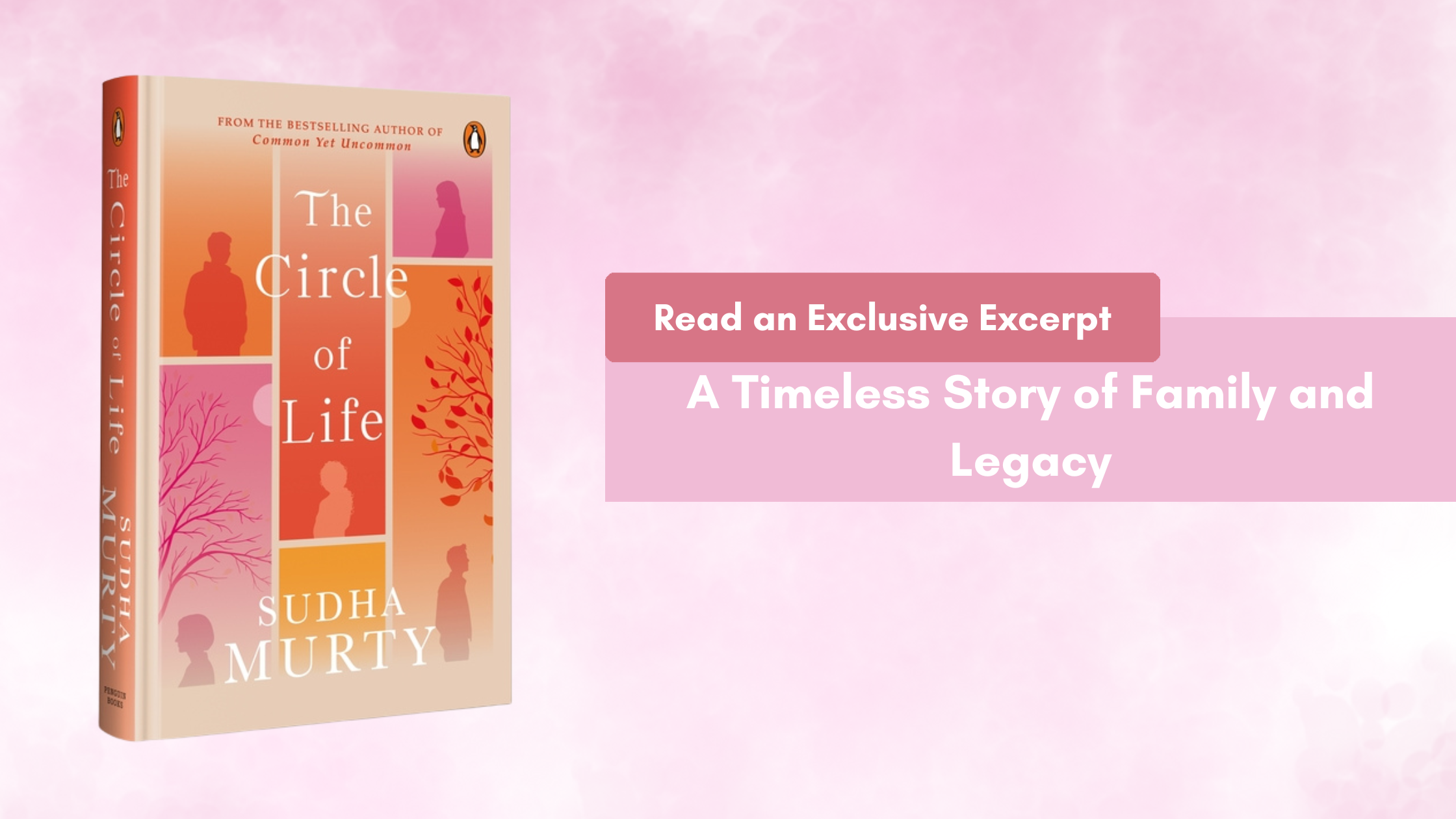
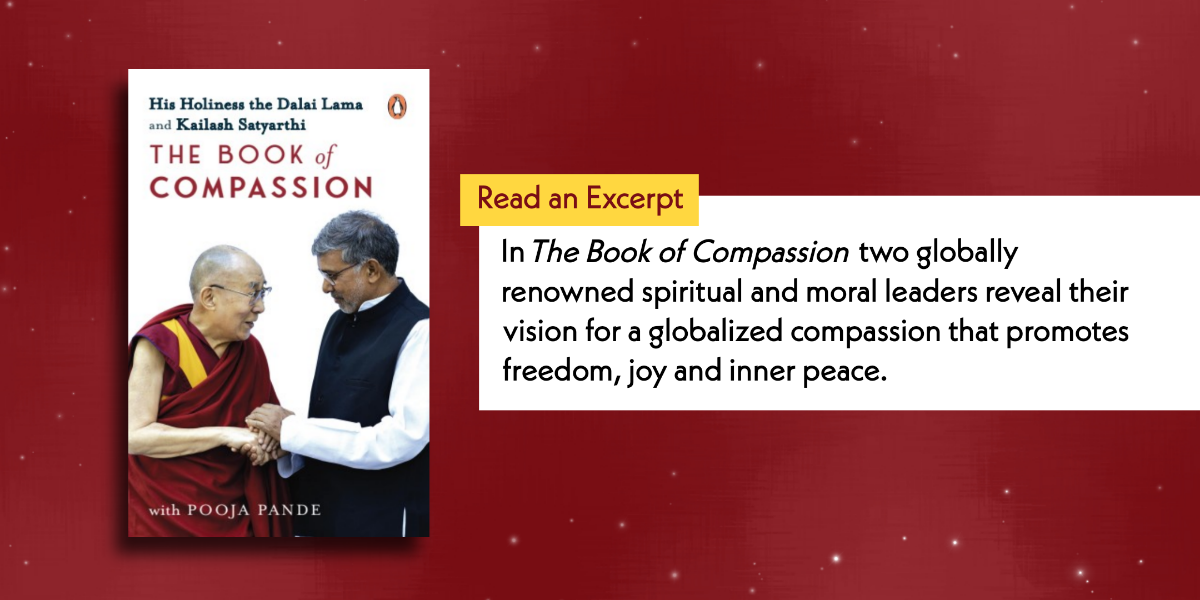
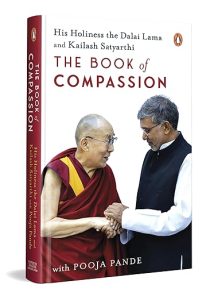

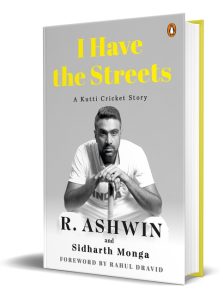
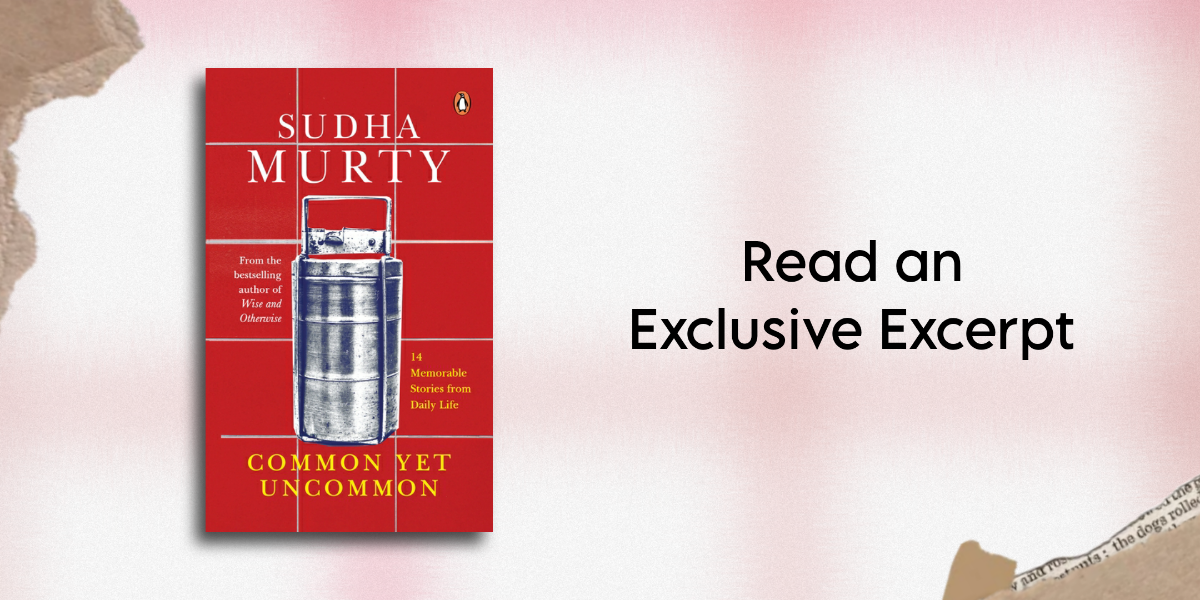
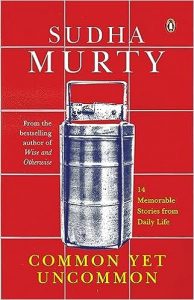
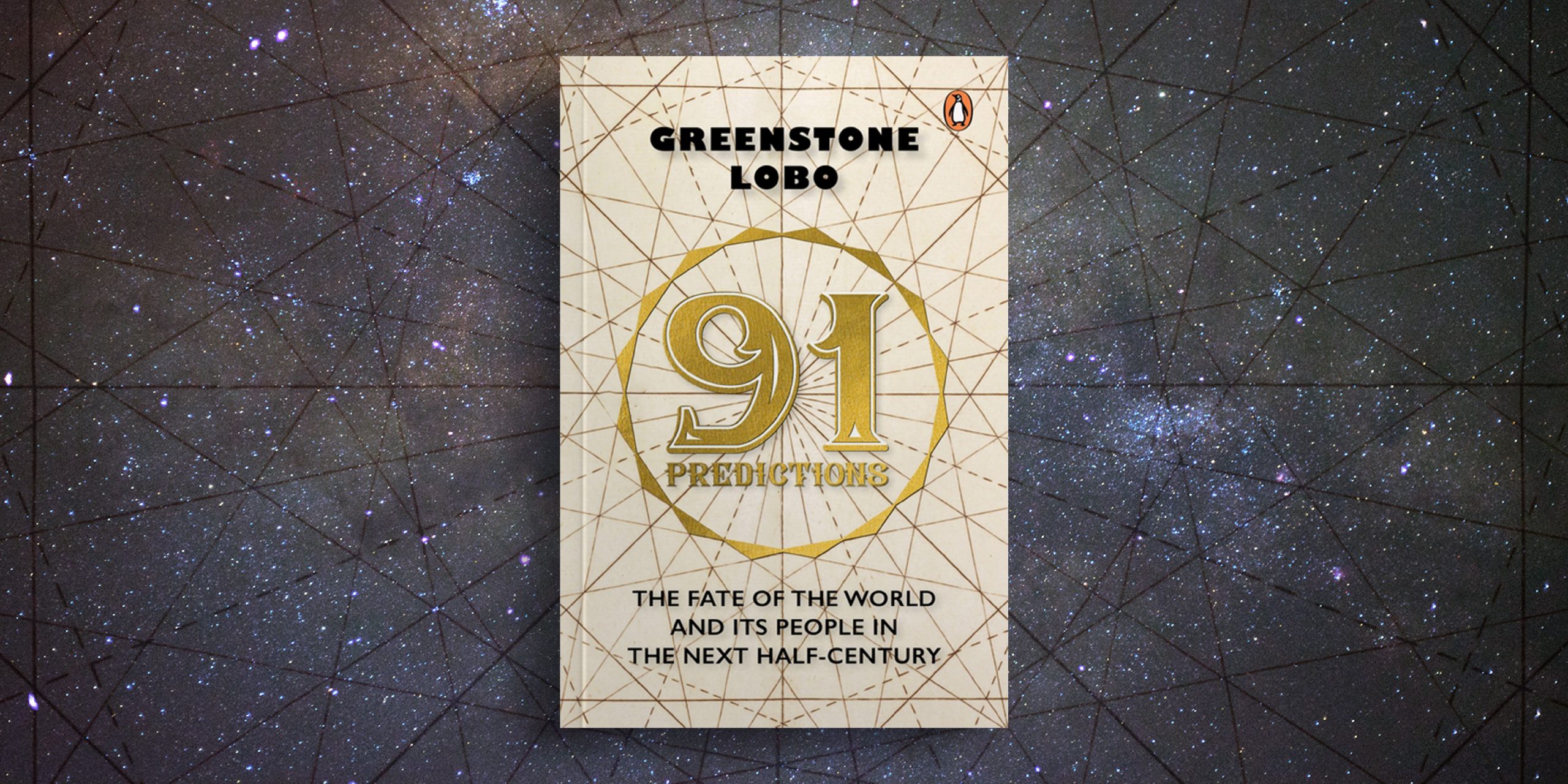
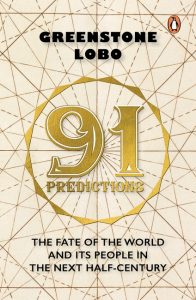


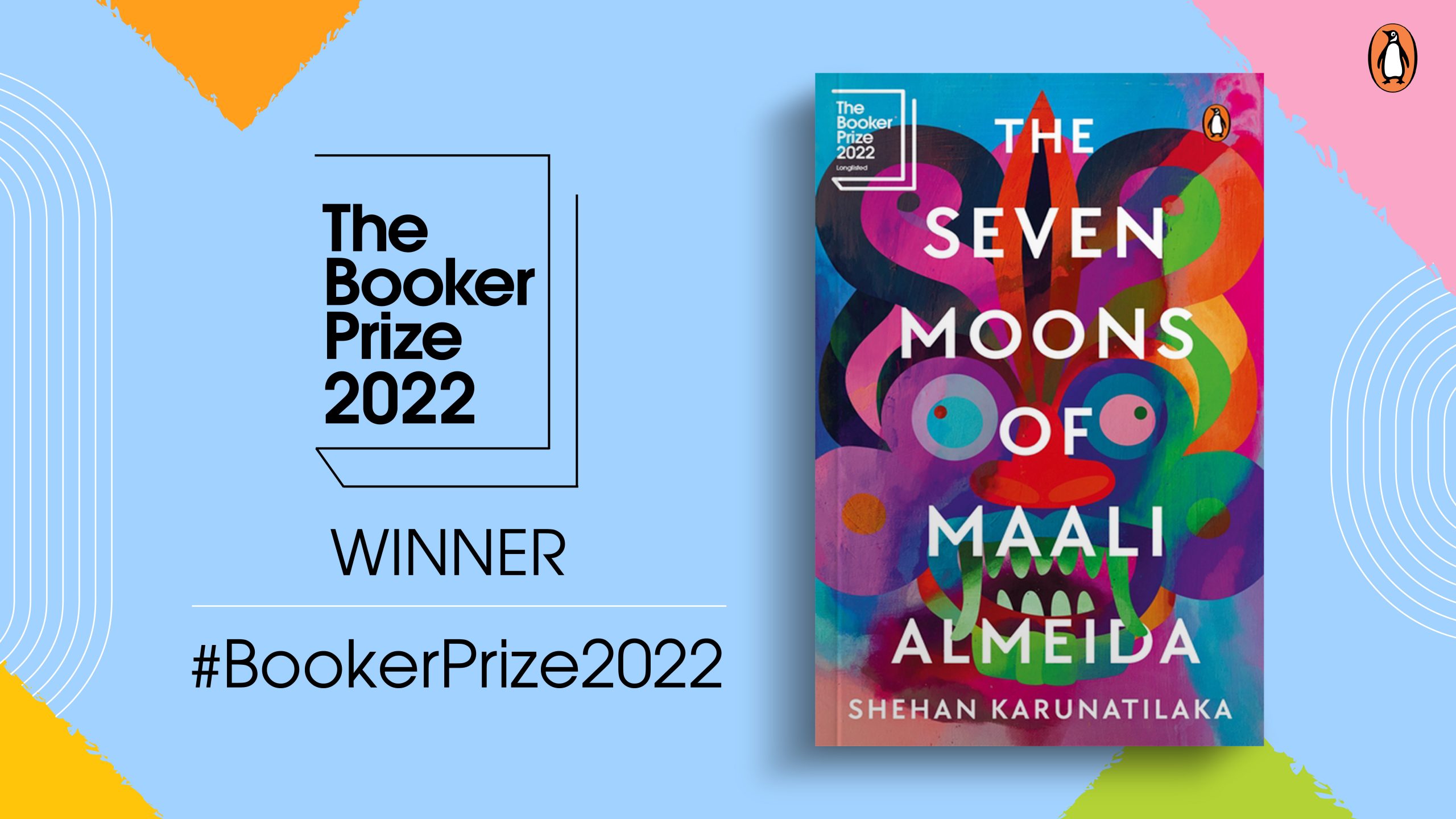
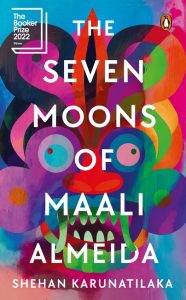

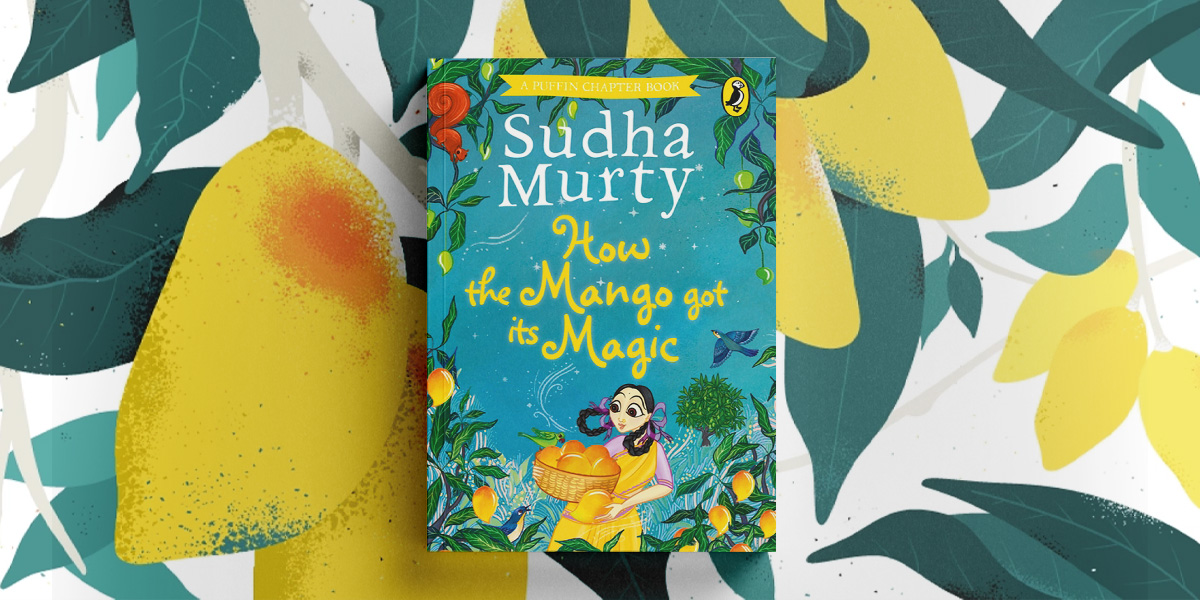


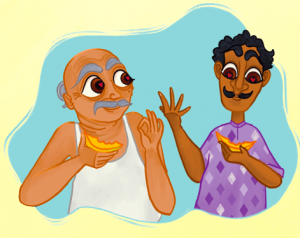
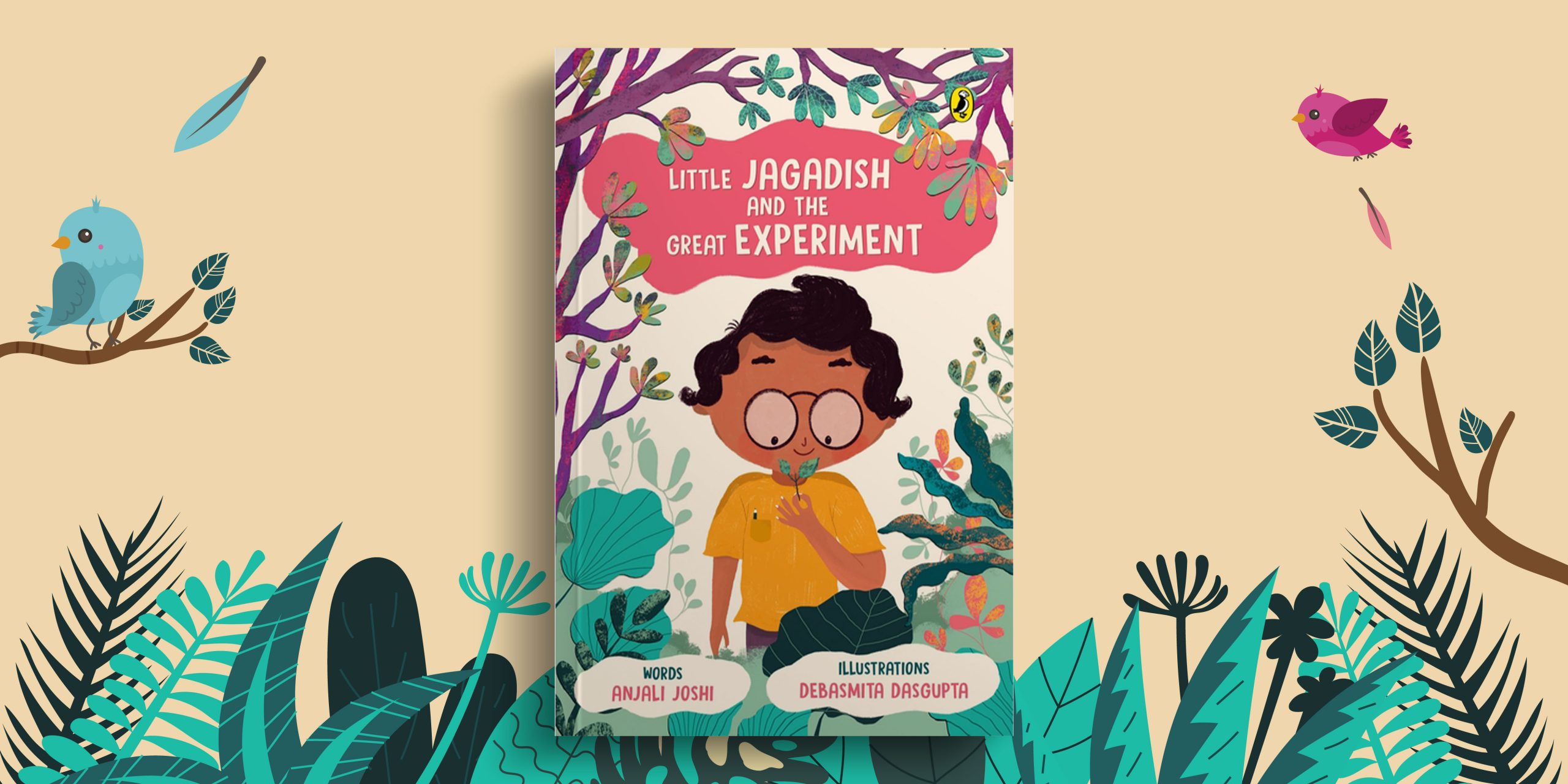
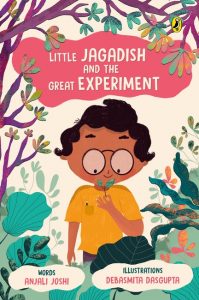

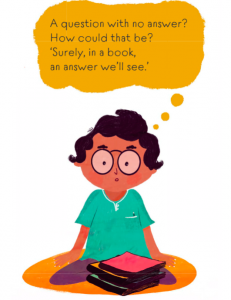 With that,
With that,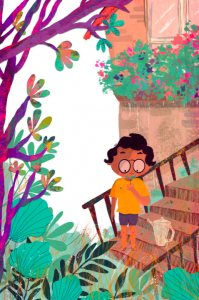
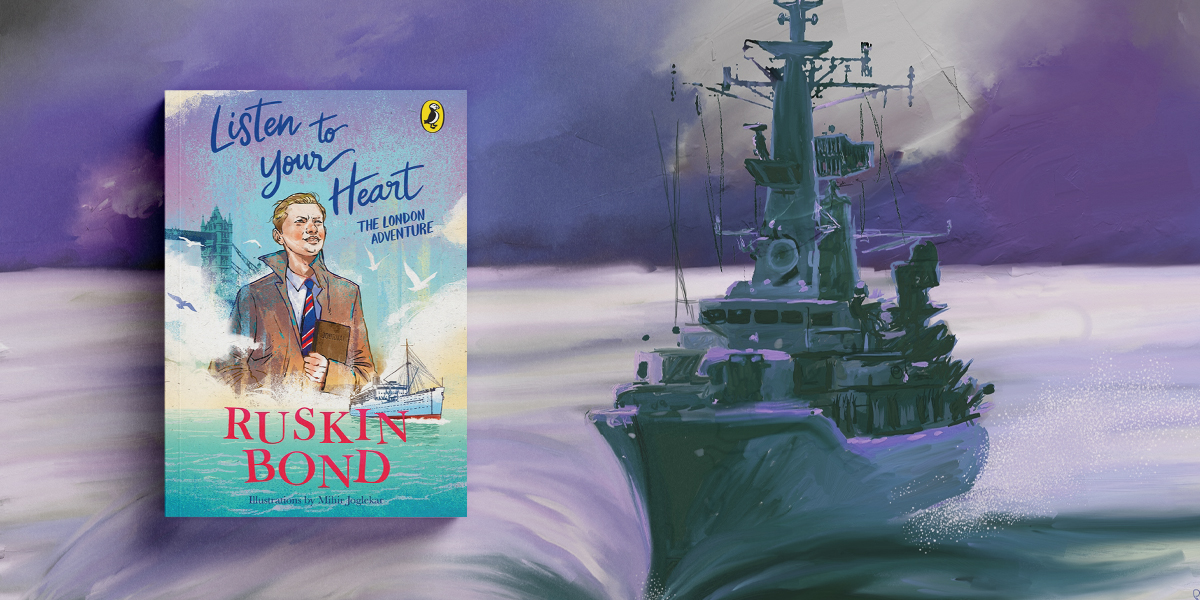

 But along with the third or fourth flop of the returned manuscript came a letter from the editor at André Deutsch Ltd, a new publisher who was making a name and a reputation with some offbeat publications. The editor who wrote to me was called Diana Athill, and she wrote a very sympathetic letter, saying how much she liked the book and promising to reconsider it if I would consider turning it into a work of fiction, a full-fledged novel.
But along with the third or fourth flop of the returned manuscript came a letter from the editor at André Deutsch Ltd, a new publisher who was making a name and a reputation with some offbeat publications. The editor who wrote to me was called Diana Athill, and she wrote a very sympathetic letter, saying how much she liked the book and promising to reconsider it if I would consider turning it into a work of fiction, a full-fledged novel.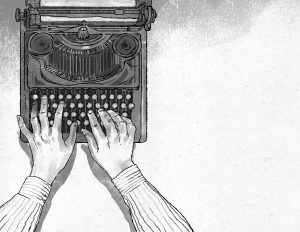 were allies; they were a part of me, and they would be a part of my work. But it was to be a few months before I could launch out on my own, and during that time, I worked on the novel, pleased my employers and got on with my relatives as best as I could. My aunt never bothered me; in fact, she rather liked having me around. The youngest of my cousins was a friendly little chap; the other two rather resented me. Whenever I had the opportunity, I went to the cinema, and one of the films released at the time was Jean Renoir’s The River, based on the novel by Rumer Godden. This beautiful film made me so homesick that I went to see it several times, wallowing in the atmosphere of an India, a lot like the India l had known. The ‘river’, and its eternal flow became a part of my story too, especially the part where Kishen and Rusty cross the Ganga on the way back to their homes. And back in India, a young filmmaker called Satyajit Ray saw The River and realised that a film could also be a poem, and went about making his own cinematic poetry.
were allies; they were a part of me, and they would be a part of my work. But it was to be a few months before I could launch out on my own, and during that time, I worked on the novel, pleased my employers and got on with my relatives as best as I could. My aunt never bothered me; in fact, she rather liked having me around. The youngest of my cousins was a friendly little chap; the other two rather resented me. Whenever I had the opportunity, I went to the cinema, and one of the films released at the time was Jean Renoir’s The River, based on the novel by Rumer Godden. This beautiful film made me so homesick that I went to see it several times, wallowing in the atmosphere of an India, a lot like the India l had known. The ‘river’, and its eternal flow became a part of my story too, especially the part where Kishen and Rusty cross the Ganga on the way back to their homes. And back in India, a young filmmaker called Satyajit Ray saw The River and realised that a film could also be a poem, and went about making his own cinematic poetry.